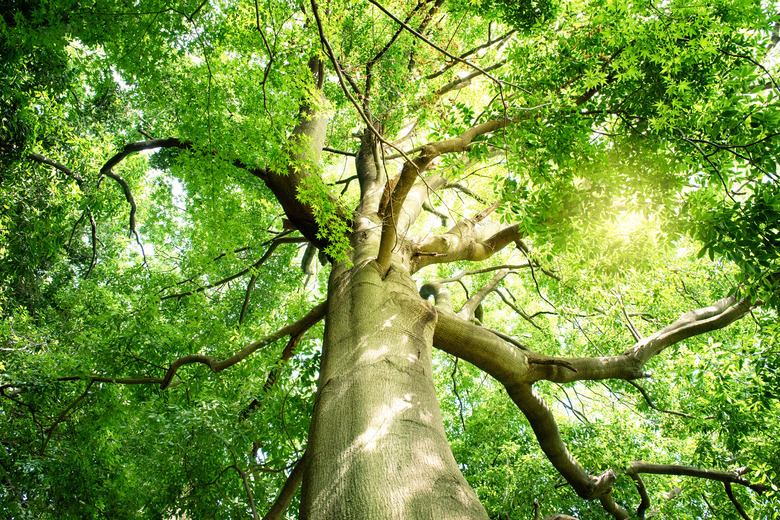Physical Address
Suite 5, 181 High Street,
Willoughby North NSW 2068
Physical Address
Suite 5, 181 High Street,
Willoughby North NSW 2068

Photosynthesis is an important biochemical pathway involving the production of sugar (glucose) from light, water and carbon dioxide and releasing oxygen. It is a series of complex biochemical reactions and occurs in higher plants, algae, some bacteria and some photoautotrophs. Nearly every life depends on this process. The rate of photosynthesis is related to concentration of carbon dioxide, temperature and light intensity. It gets energy from absorbed photons and uses water as a reducing agent.
With advent of life on Earth, the process of photosynthesis started. Since the concentration of oxygen was negligible, first photosynthesis took place using hydrogen sulfide and organic acid in sea water. However, the level of these materials was not sufficient to continue photosynthesis for long and therefore photosynthesis using water evolved. This type of photosynthesis using water resulted in liberation of oxygen. Consequently, oxygen concentration in the atmosphere started to increase. This endless cycle made Earth rich in oxygen that could support the present oxygen-dependent ecosystem.
At a fundamental level, water provides electrons to replace those removed from chlorophyll in photosystem II. Also, water produces oxygen as well as reduces NADP to NADPH (required in the Calvin cycle) by liberating H+ ions.
During the process of photosynthesis, six molecules of carbon dioxide and six molecules of water react in the presence of sunlight to form one glucose molecule and six molecules of oxygen. The role of water is to release oxygen (O) from the water molecule into the atmosphere in the form of oxygen gas (O2).
Water also has another important role of being an electron feeder. In the process of photosynthesis, water provides the electron that binds the hydrogen atom (of a water molecule) to the carbon (of carbon dioxide) to give sugar (glucose).
Water acts as a reducing agent by providing H+ ions that convert NADP to NADPH. Since NADPH is an important reducing agent present in chloroplasts, its production results in a deficit of electrons, resulting from oxidation of chlorophyll. This loss of electron must be fulfilled by electrons from some other reducing agent. Photosystem II involves the first few steps of the Z-scheme (the diagram of the electron transport chain in photosynthesis) and therefore a reducing agent that can donate electrons is required to oxidize chlorophyll, which is provided by water (acting as a source of electrons in green plants and cynobacteria). Hydrogen ions thus released create a chemical potential (chemiosmotic) across the membrane that finally results in synthesis of ATP. Photosystem II is the primary known enzyme that acts as catalyst in this oxidation of water.